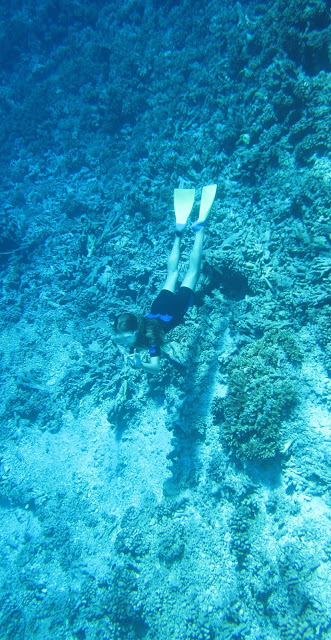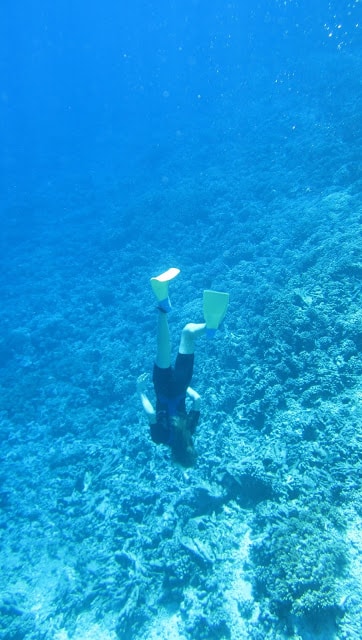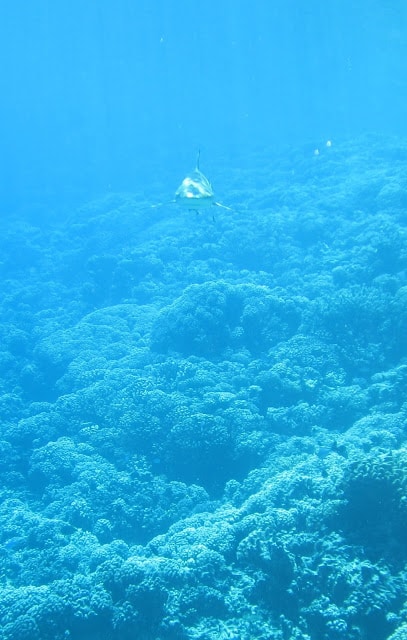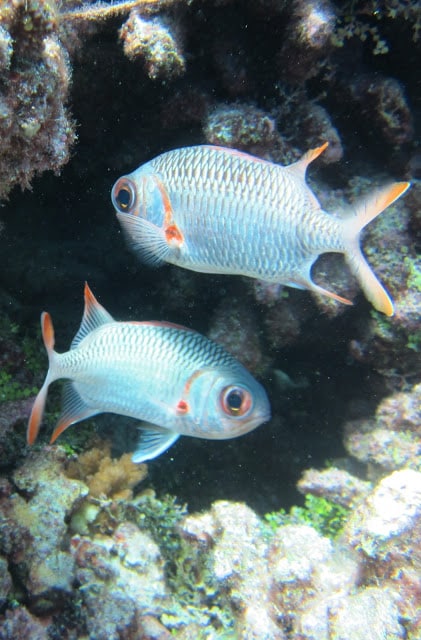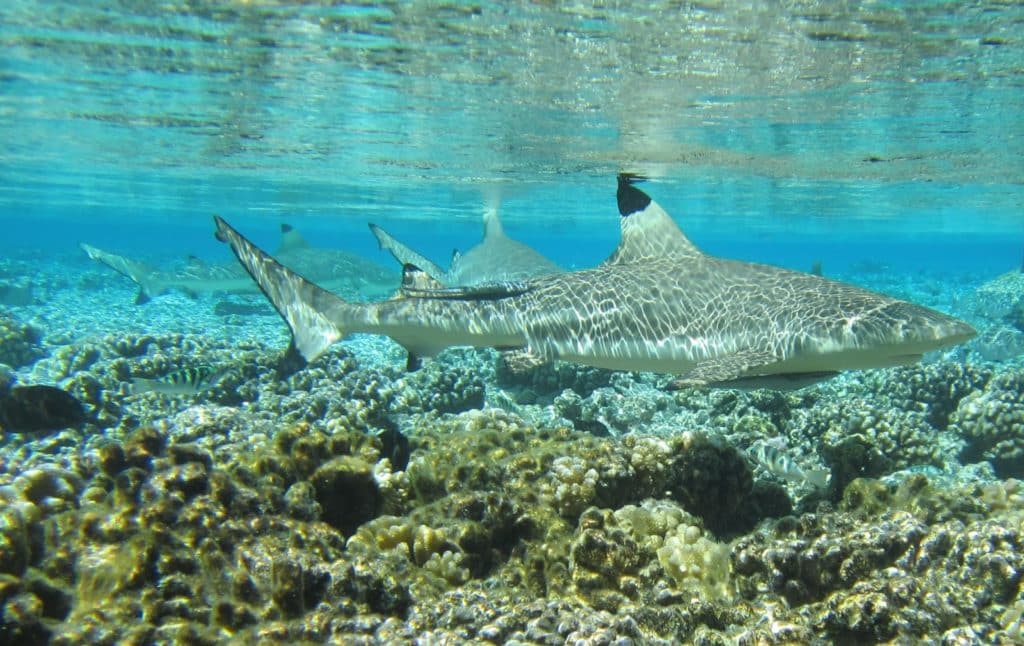
Do you know what an atoll is? What it means to snorkel in a pass? Whoever you are, wherever you are, I sincerely wish I had the power to transport you to the south pass of the Fakarava atoll on a pretty day and set you loose. We’ve seen and experienced amazing things and events during the past four years cruising: watching glaciers calve in Alaska, relaxing in British Columbia hot springs, riding out the remnants of hurricane Odile in the Sea of Cortez, untangling a humpback whale off Mexico’s Pacific Coast, and much more. But snorkeling the south pass of the Fakarava atoll is way up there.
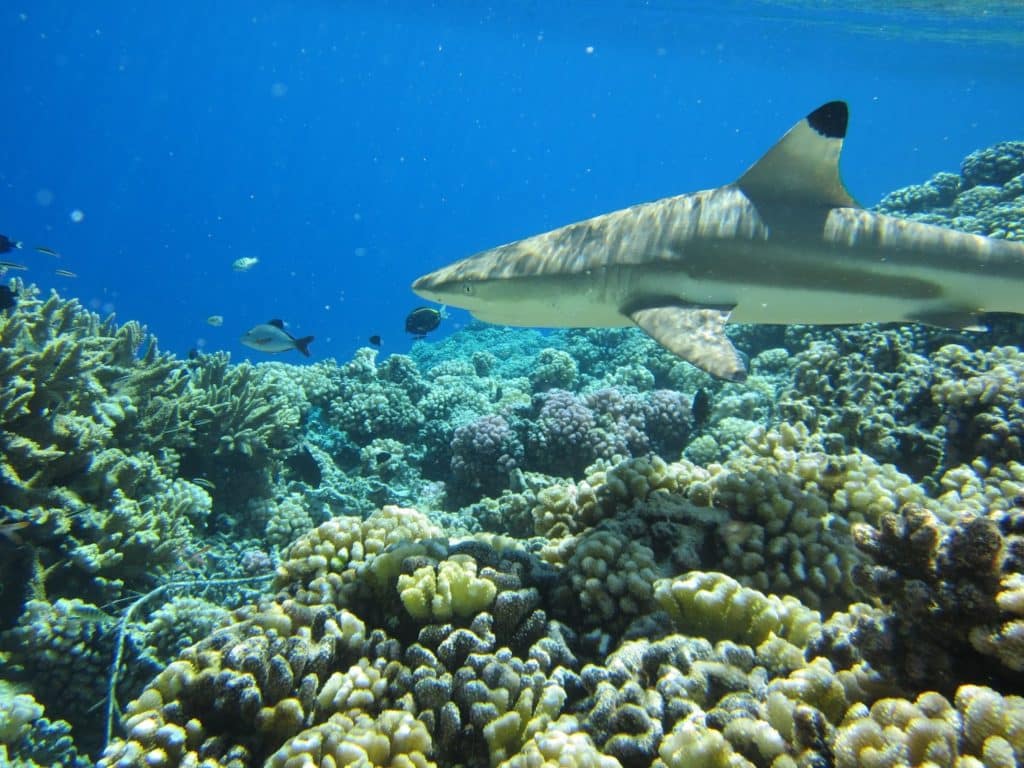
So an atoll is what you’ve probably seen aerial photos of: a fringing reef that forms a lagoon in the middle of the ocean. It’s actually what remains of an island long gone, eroded and subsumed back into the earth. The Tuamotus archipelago is a collection of dozens of these things. People live on some of the atolls, in communities built on the thin strips of crushed coral that are only a few feet above sea level and dotted with coconut palms. Now, a pass is just that: a natural, narrow cut in the fringing reef through which a boat can pass.
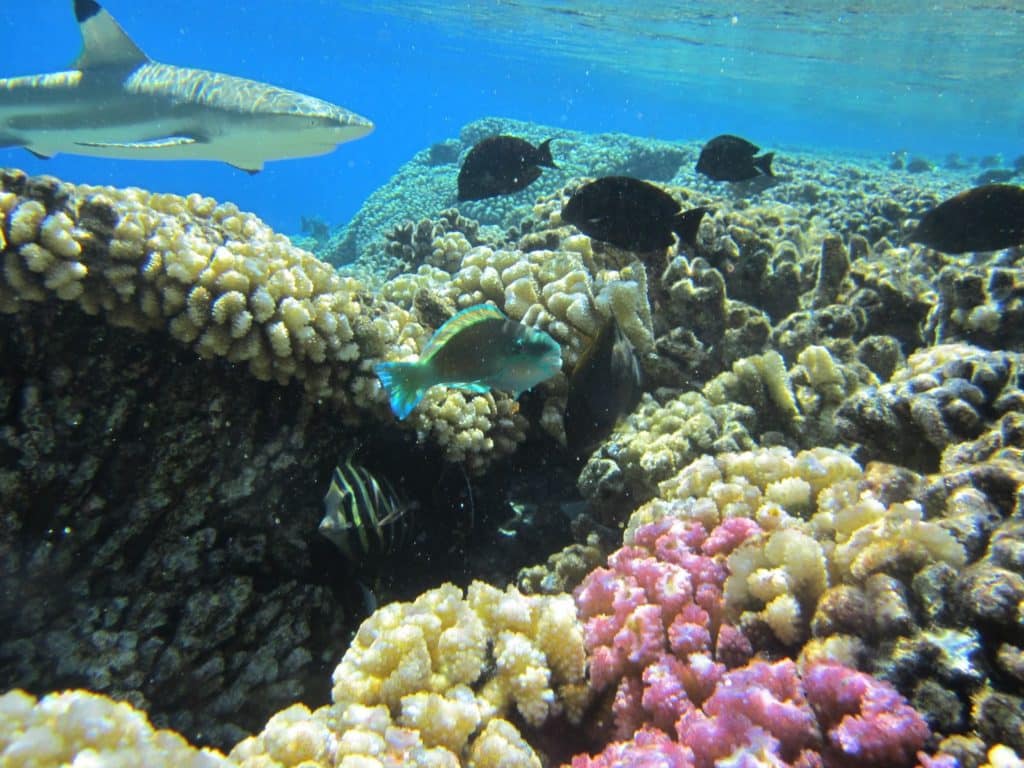
But also transiting these passes is a huge volume of seawater, flooding in on a rising tide, rushing out on a falling tide. About every six hours it switches and the water flows the other way, driven by the moon.
These dynamic tidal-washed passes are the founts of colorful ecosystems filled with coral, reef fish, and sharks. Especially on a flooding tide, the water is exceptionally clear. The water temperature is exquisite.
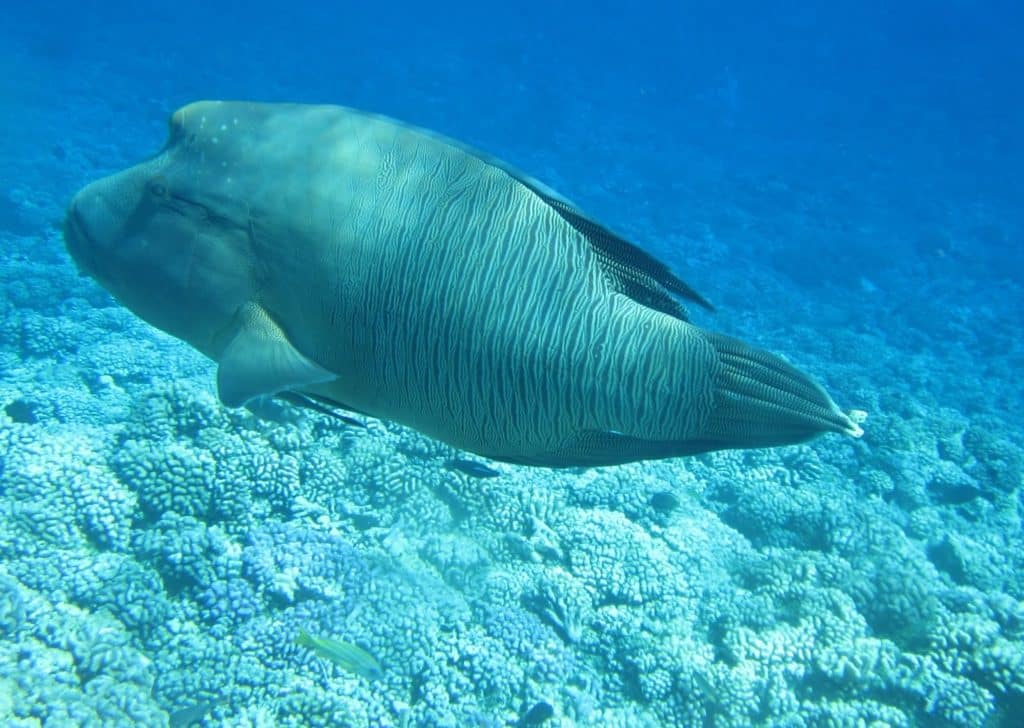
So, snorkeling a pass should now make sense. At the start of a flooding tide, we dinghy out to the entrance, don our mask and snorkel and fins, Windy grabs the painter, and we all roll in for the ride of our lives.
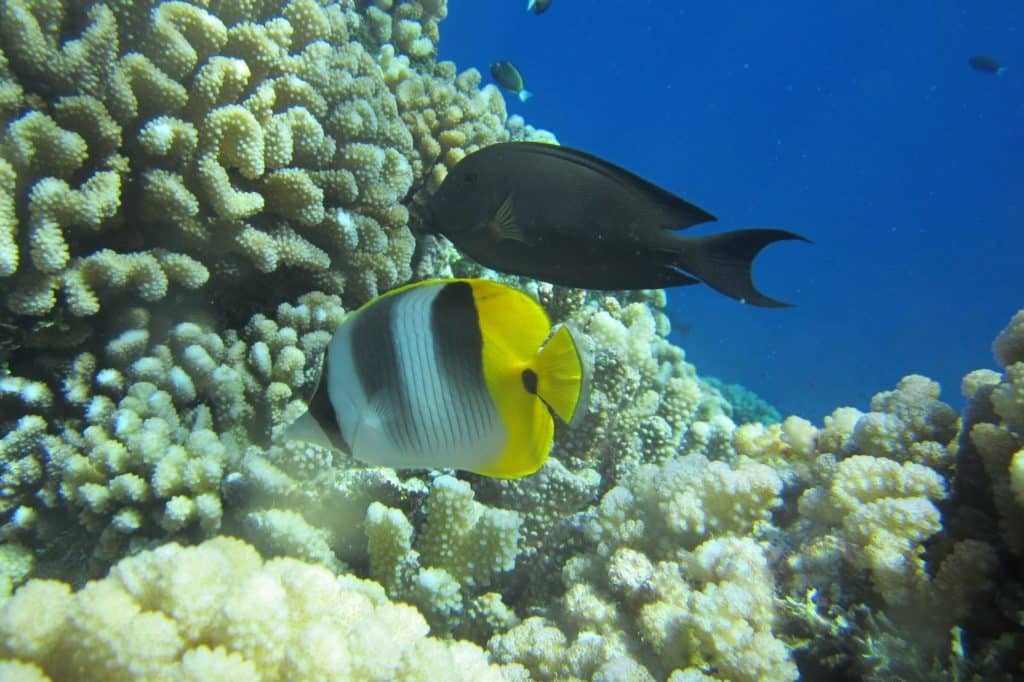
For about a quarter-mile (this particular pass), we’re swept along in the current. We glide effortlessly over a dazzling underwater landscape. I’d use my fins only to dive down for closer looks or to move between deeper and shallower water. Sometimes I’d grab something on the bottom and hang on for a bit, trying to take everything in and prolong the experience. Other times, I’d rush over an area, my head darting from one interesting thing to another, wanting to slow the movie down.
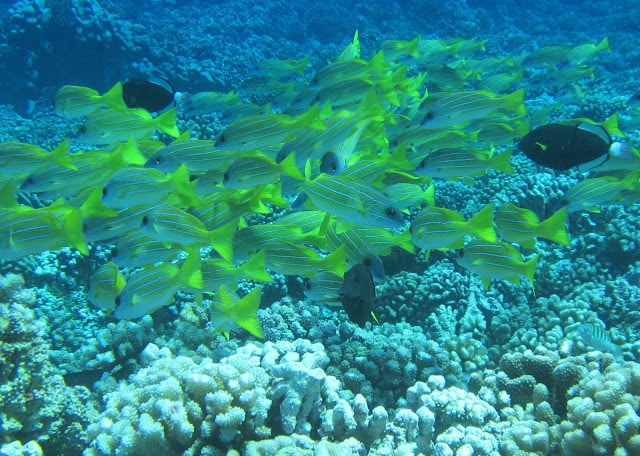
It’s exhilarating. We did it over and over. I hope you enjoy a similar experience one day.
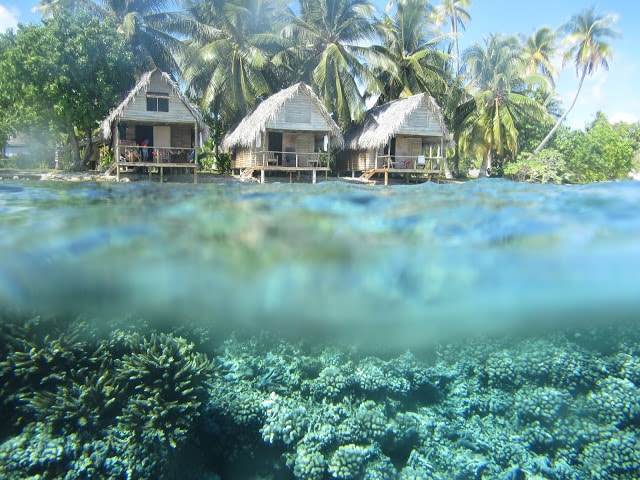
I took all the photos in this post during our South Pass Fakarava snorkels. Most were taken as I swept along with the current (click, click, click), the others were taken while holding myself steady against the current.
In our twenties, we traded our boat for a house and our freedom for careers. In our thirties, we lived the American dream. In our forties, we woke and traded our house for a boat and our careers for freedom. And here we are. Follow along with the Roberston’s onboard Del Viento on their blog at www.logofdelviento.blogspot.com.
